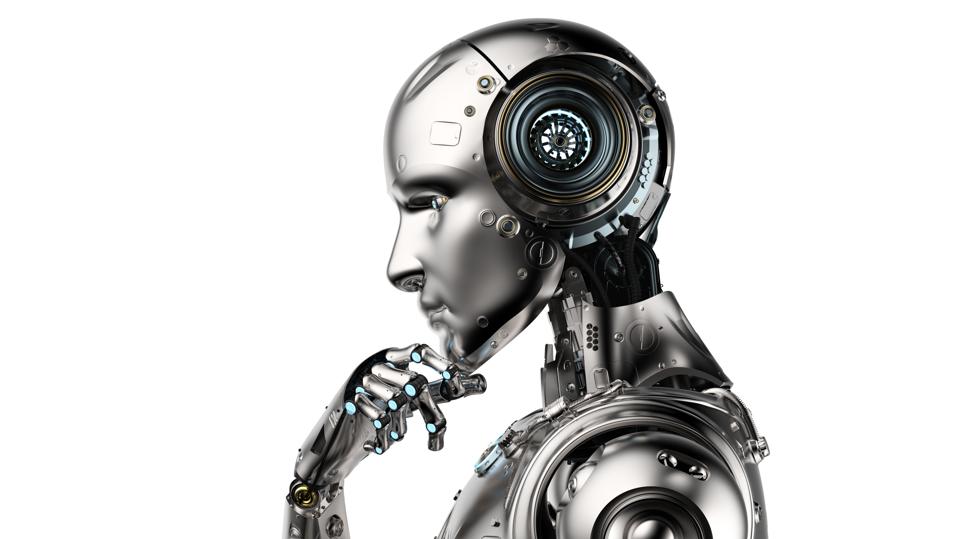Abstract
In developing artificial intelligence (AI), researchers often benchmark against human performance as a measure of progress. Is this kind of comparison possible for moral cognition? Given that human moral judgment often hinges on intangible properties like “intention” which may have no natural analog in artificial agents, it may prove difficult to design a “like-for-like” comparison between the moral behavior of artificial and human agents. What would a measure of moral behavior for both humans and AI look like? We unravel the complexity of this question by discussing examples within reinforcement learning and generative AI, and we examine how the puzzle of evaluating artificial agents' moral cognition remains open for further investigation within cognitive science.
The link to the article is the hyperlink above.
Here is my summary:
This article delves into the challenges associated with assessing the moral decision-making capabilities of artificial intelligence systems. It explores the complexities of imbuing AI with ethical reasoning and the difficulties in evaluating their moral cognition. The article discusses the need for robust frameworks and methodologies to effectively gauge the ethical behavior of AI, highlighting the intricate nature of integrating morality into machine learning algorithms. Overall, it emphasizes the critical importance of developing reliable methods to evaluate the moral reasoning of artificial agents in order to ensure their responsible and ethical deployment in various domains.











